Amazing Spider Silk!
Amazing Spider Silk!
The Amazing Spiderman Was No Joke!
While Spiderman himself may be a fictional character, his title as “The Amazing Spiderman” translates to the creatures at the source of his powers. They may be very creepy, but spiders are very amazing creatures. From their multiple legs to all of the intricacies of the ways they live and hunt, spiders truly possess a series of unique features. Probably the most overall shocking feature of spiders is their silk. 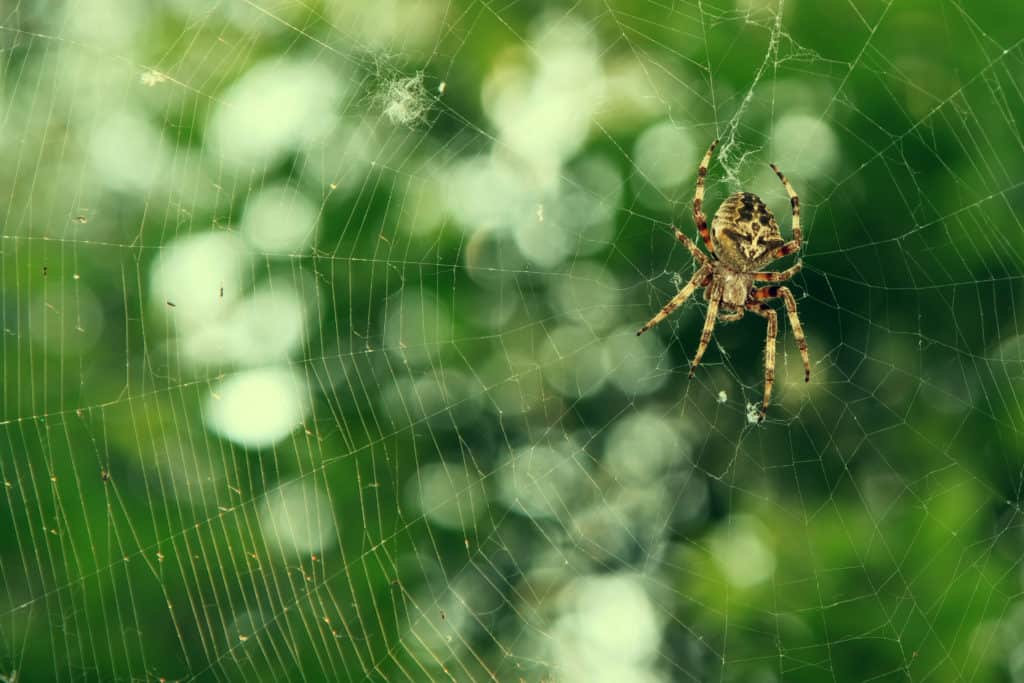
Spider Silk
Spider silk is lighter than cotton and thinner than human hair, yet it is miraculously strong and durable. It is produced within a set of special glands in spiders and is comprised of a series of proteins known as spidroins. Depending on the type of spider, various different kinds of silk can be produced by the same spider using different silk-making glands. This is why there is variance that you may see in spider webs regarding the strength and elasticity of strands. For example, in typical webs the primary lines stretching from the center of a web outward are made up of a silk called major-ampullate or dragline. The inside strands of the web are made of a far stickier and more elastic kind of silk called flagelliform, which are held to the draglines using disks of a third silk: piriform silk. Spiders have evolved to use their webbing in a variety of ways, from the vast number of different kinds of webs, to intricate nests, mating rituals, and more. Evolutionary biologist, Catherine Craig has even found spiders that, “produce a silk that is low in UV reflection and is also translucent, so insects can’t see it.” Amongst the most impressive features, however, is the use of webbing to fly! 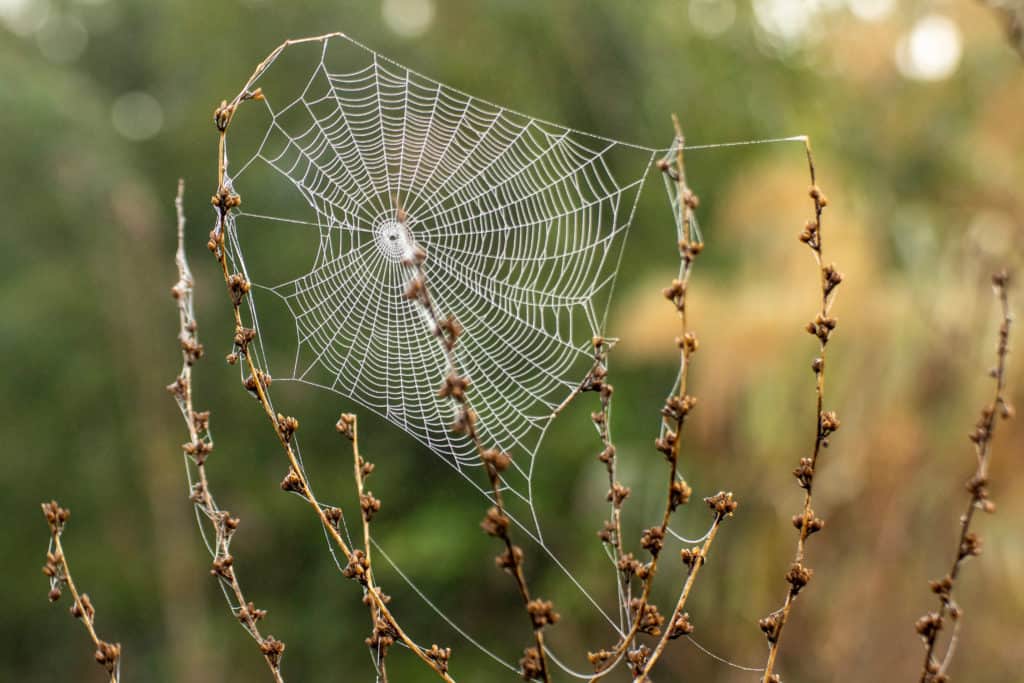
A Means of Flight
Spider rain” is a rare occurrence in which thousands of spiders miraculously float through the air with their tiny strands of webbing floating just above them. The spiders can reach a height of up to 3 miles and can travel several hundred miles using this method. While it was initially believed that this was possible due to wind currents creating enough lift beneath the spider silk, it was soon discovered that electricity was the true power behind their flight. Using a special machine that induced electrical fields, scientists managed to get spiders airborne. When they observed the spiders that were experiencing the induced electric fields, they noticed that the arachnids began raising their rears as they sensed the electrical change before shooting out some webbing that lifted them into the air. The researchers even began adjusting the electric magnitudes once again and were able to make the spiders rise higher into the air with increased electricity or lower them by turning the electric field down or even off. 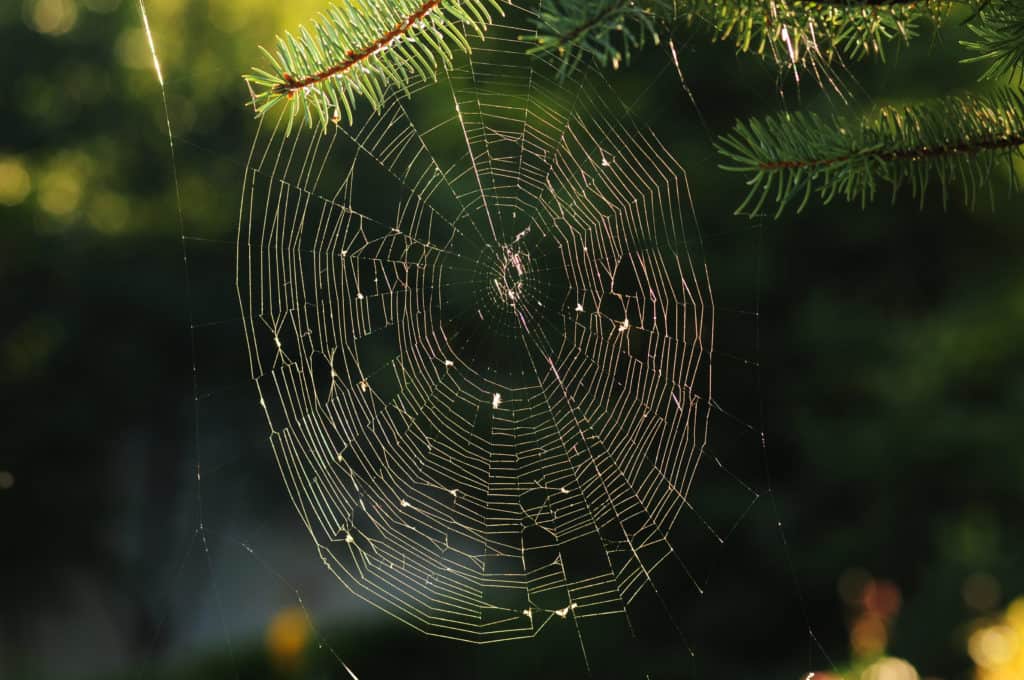
Stronger than Steel
Spider silk is miraculously strong. Tangle web spiders have been found to be able to hoist prey into the air that is 50 times heavier than themselves using their webbing. After the unsuspecting victim is tangled in a bit of the webbing, the spider rushed forward and continues to wrap more and more strands around them, creating a “tangle.” Following this, they would attach even more threads to the bundle in order to hoist their prey up towards their web. This technique has even led to these spiders capturing a few “giants” such as small mice, snakes, and lizards. Brown recluse spiders produce similarly insanely strong webbing. In fact, when it was tested, scientists discovered that, proportionally, the silk of the brown recluse is actually stronger than steel. The silk is naturally woven in a flat, ribbon-like pattern, similar to our industrial supportive cables and even possesses tiny loops added during construction that reinforce the fibers of the web, making it even more resilient to external interference. If we could manufacture a material similar to spider silk on a much larger scale – which scientists have been attempting for years – we would have a light-weight stretchy bulletproof material that would be essential for use as protective gear, during surgery for sutures, and more. 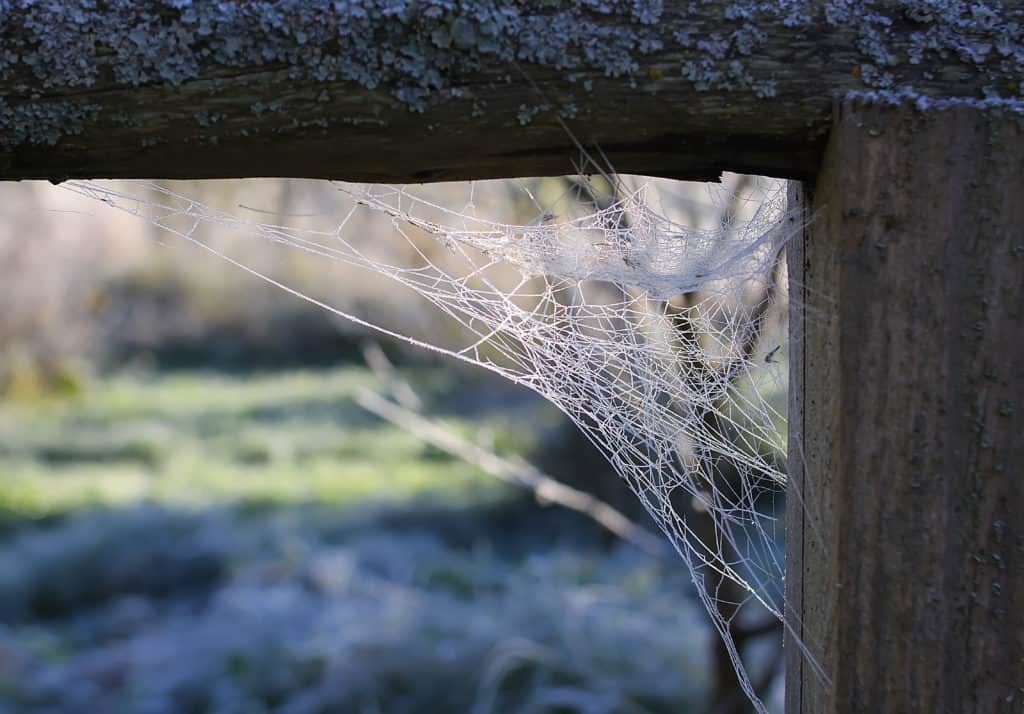
An Annoyance at Home
As amazing as spider webs might be when considered on a scientific level, they’re nothing more than a massive annoyance when they’re in and around our homes. To get rid of webbing, and the pesky little creepy crawlies that make it, just make one quick call to us at Pointe Pest Control. We will provide you with amazing spider control services! 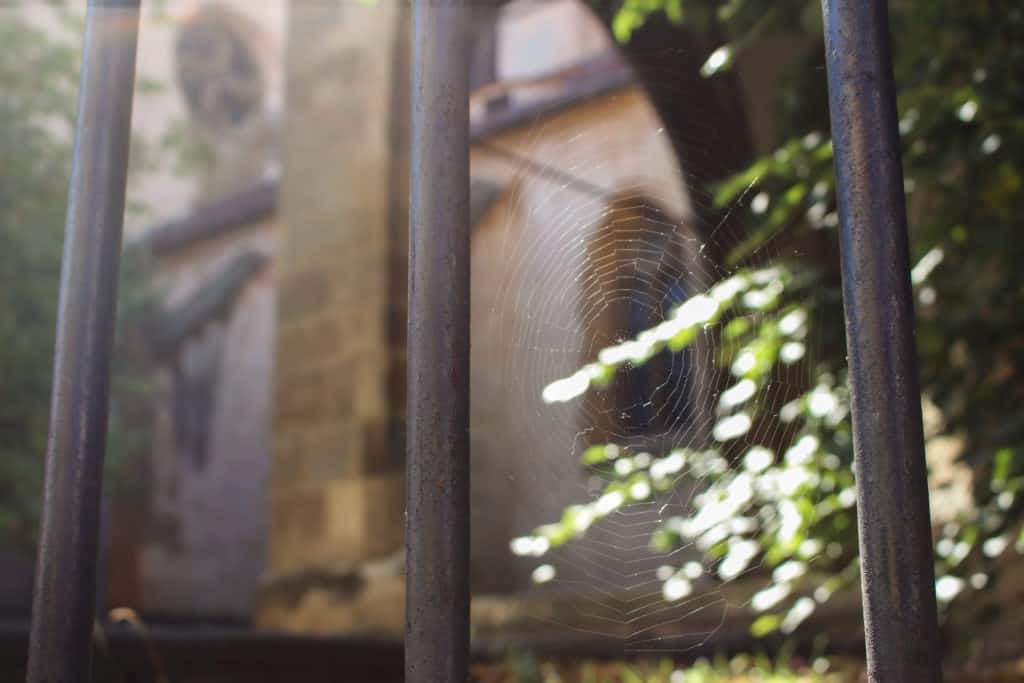
Citations
Bittel, J. (2021) Spiderwebs and Spider Silk, Explained, National Geographic. Available at: https://www.nationalgeographic.com/animals/article/spiderwebs-explained (Accessed: March 22, 2021). Daley, J. (2018) Brown Recluse Silk Is Stronger Than Steel Because It’s Constructed Like a Cable, Smithsonian Magazine. SmartNews. Available at: https://www.smithsonianmag.com/smart-news/brown-recluse-silk-made-cable-180970871/ (Accessed: April 2020). Green, H. (2018) Turns Out, Spiders Use Electricity to Fly, YouTube. SciShow. Available at: https://www.youtube.com/watch?v=x4ed7Y5Xffg&list=PLB3FCEEAC84884760&index=262 (Accessed: 2020). Milius, S. (2021) How a tiny spider uses silk to lift prey 50 times its own weight, Science News. Available at: https://www.sciencenews.org/article/tiny-spider-uses-silk-lift-prey-50-times-its-own-weight-video (Accessed: March 22, 2021). Wood-Black, F. (2018) The Steel Strength of Featherweight Spider Silk, inChemistry. Available at: https://inchemistry.acs.org/atomic-news/spider-webs.html (Accessed: March 22, 2021).
Request a Free Quote Today
(We do not share your data with anybody, and only use it for its intended purpose)


